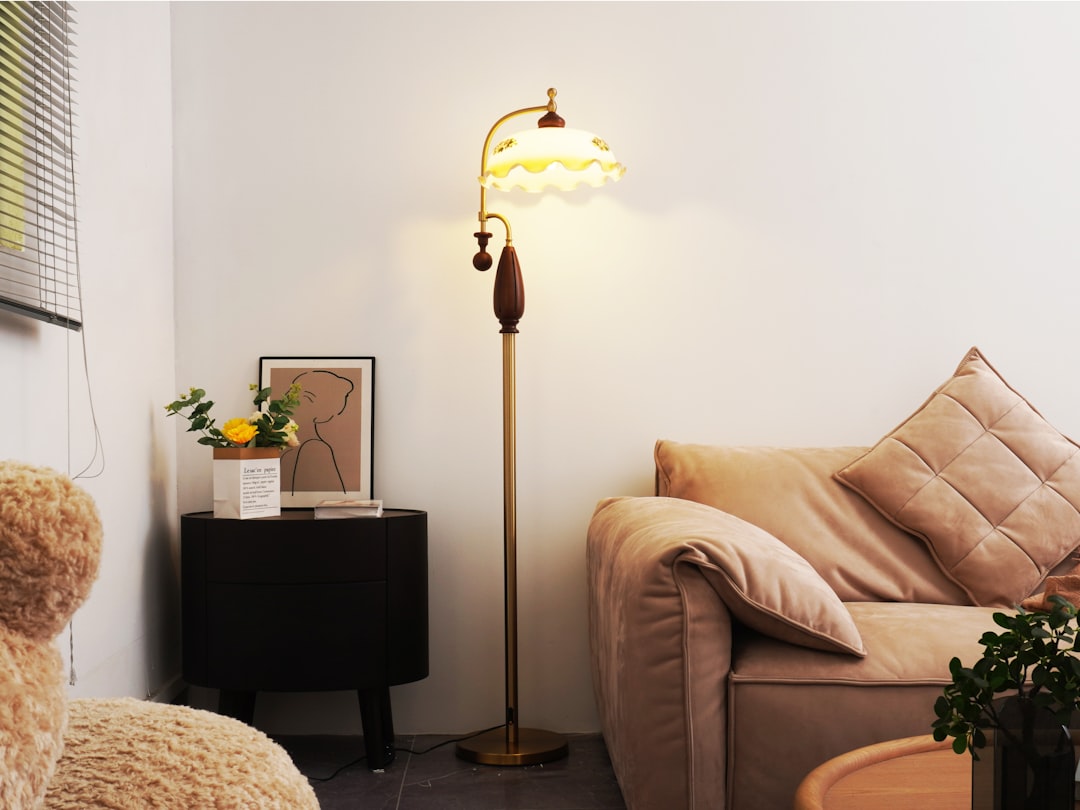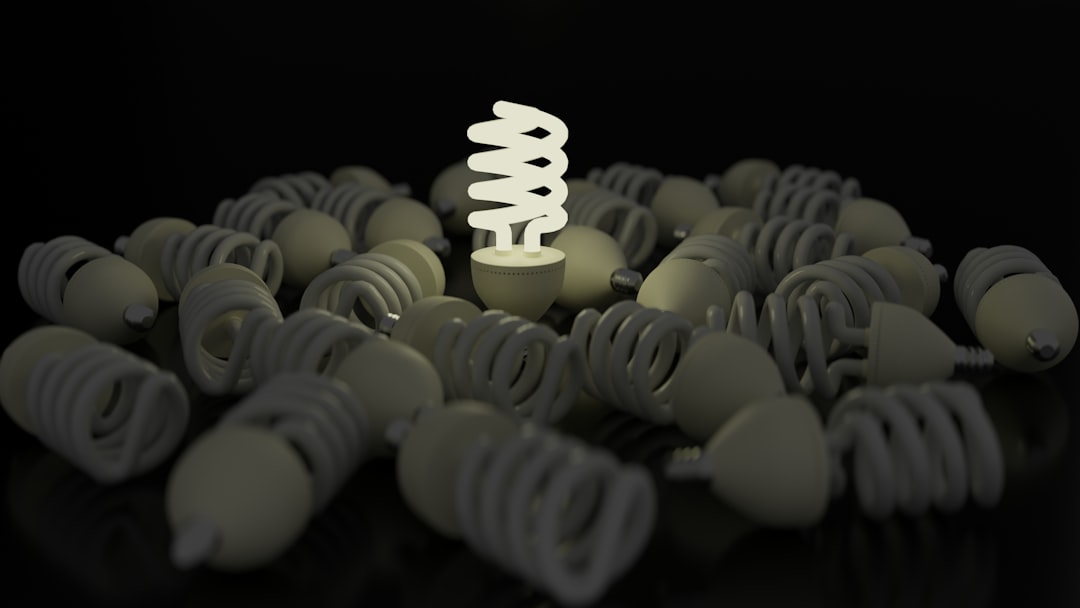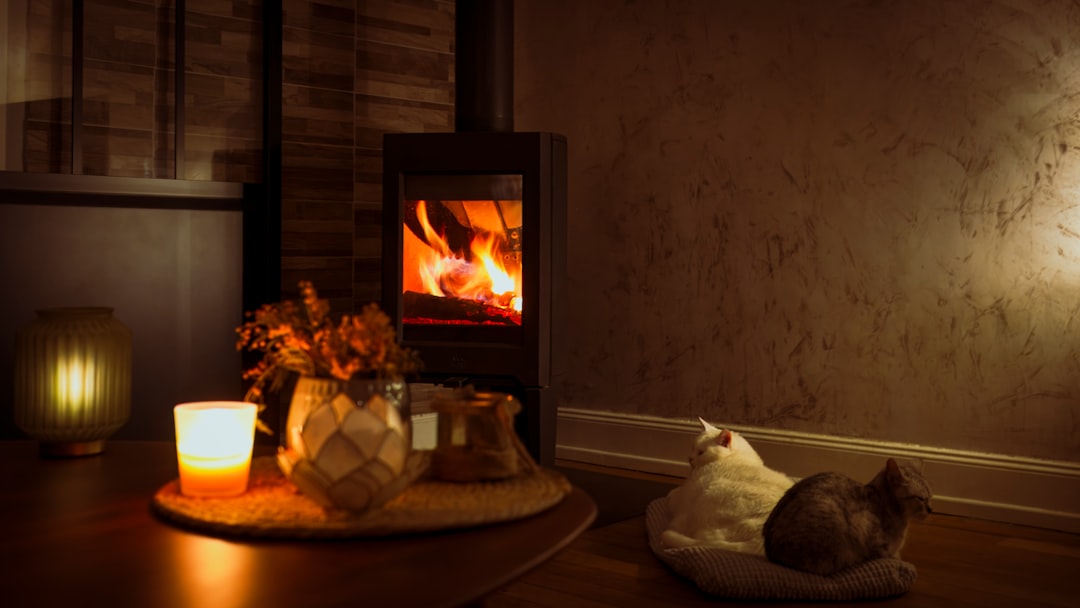When buying light bulbs, many people still look at watts to judge brightness. That worked in the old days of incandescent bulbs. But today, with LED technology leading the way, lumens are what really matter. If you’ve ever asked yourself, “What’s brighter—800 lumens or 60 watts?” you’re not alone. This guide explains the lumens vs. watts debate in a clear, simple way so you can choose the best lighting for your home or workspace.
What Are Watts?
Watts measure the amount of electrical power a bulb uses. It's how much energy the bulb consumes—not how bright it is.
Why Did We Use Watts to Measure Brightness?
Before energy-efficient bulbs existed, incandescent lights were common. These bulbs turned electricity into both light and heat. More watts usually meant a brighter light. A 100-watt bulb was brighter than a 60-watt one, so people began using wattage to estimate brightness.
Modern Lighting Changed That
Today’s LED bulbs and CFLs use far less electricity to produce the same amount of light. A 10-watt LED bulb can be just as bright as a 60-watt incandescent bulb. That’s why wattage is no longer a reliable way to judge brightness.
What Are Lumens?
Lumens tell you how much visible light a bulb emits. In simple terms: lumens = brightness.
-
More lumens = more light.
-
Fewer lumens = dimmer light.
Lumens help compare all kinds of bulbs - LEDs, incandescents, halogens, and more - on a level playing field.

Why Lumens Matter More
With today’s lighting options, you can get high brightness using less energy. Lumens are now the most accurate way to choose how bright your room will be. Wattage tells you how much power you're using, but lumens tell you how much light you're getting.
Lumens vs. Watts: Key Differences
Let’s compare the two in a clear chart:
|
Lumens (Brightness) |
Incandescent Bulb (Watts) |
LED Bulb (Watts) |
|
450 lm |
40 W |
4–5 W |
|
800 lm |
60 W |
8–12 W |
|
1100 lm |
75 W |
11–15 W |
|
1600 lm |
100 W |
16–20 W |
As you can see, LED bulbs like those in the LED Strip Lights collection use much less power to deliver the same amount of light. This makes them perfect for homes looking to cut down on electricity bills.
Why Lumens Matter More Today
Energy Efficiency
LED technology changed the game. Now you can get high light output with very little electricity. For example, the Canarm Black LED Outdoor Lantern produces 200 lumens while consuming only 8.5 watts.
Better Buying Decisions
When you shop for lighting today, especially online, you'll notice more focus on lumens instead of watts. This helps consumers compare options better. For instance, if you're looking for task lighting or mood lighting, you can easily filter products by lumen output instead of guessing based on wattage.

Choosing the Right Brightness for Different Spaces
Not every room needs the same level of brightness. Here’s a helpful guide to match lumens to room type:
|
Room Type |
Recommended Lumens |
|
Living Room |
1,500–3,000 lm |
|
Kitchen |
3,000–4,000 lm |
|
Bathroom |
4,000–8,000 lm |
|
Bedroom |
2,000–4,000 lm |
|
Office |
3,000–6,000 lm |
Adjust these ranges depending on room size, wall colors, and personal preference. For accent lighting or small areas, consider something like a 30 watt double contact bulb, especially in vintage fixtures.
1000 Lumens to Watts: What’s the Equivalent?
People often search for this because it’s not immediately clear. Here’s a rough estimate:
-
1000 lumens = 75-watt incandescent
-
1000 lumens = 10–12 watt LED
The exact wattage varies by brand and technology, but this range works well for most situations.
Looking for high-efficiency bulbs? Check out the full range of Light Bulb Options at LightsDaddy to find options based on both lumens and energy usage.
Tips for Selecting Energy-Efficient Bulbs
When you're choosing a bulb today, follow these simple tips:
-
Check Lumens, Not Watts
Think about how bright you want the room, not how much energy you want to use. Aim for the right lumen range for your space. -
Consider Color Temperature
Measured in Kelvins (K): -
2700K–3000K = warm white (cozy feel, great for living rooms and bedrooms)
-
3500K–4100K = cool white (good for kitchens and bathrooms)
-
5000K–6500K = daylight (ideal for task areas or offices)
-
Look for Energy Star Certified Products
These bulbs are tested for efficiency and performance. -
Choose the Right Bulb for the Right Fixture
Whether it's a lamp, ceiling light, or outdoor lantern, the type of bulb matters. For outdoor lighting, consider LEDs like the Black LED Outdoor Lantern. -
Explore Variety
Want creative or flexible lighting? Go for LED Strip Lights that let you control brightness and color.

Still Confused? Use Lumens and Watts Together
Think of lumens and watts as a team:
-
Lumens tell you how bright the bulb will be.
-
Watts tell you how much energy the bulb will use.
When you combine these two, you make smarter decisions that save money, use less power, and create the atmosphere you want.
Also, check the product label before buying. It often shows both values.
For example, a product listing might read:
“800 lumens | 10 watts | 3000K | Warm White”
That tells you it’s perfect for a cozy living space and is energy efficient.
Final Thoughts
Understanding lumens vs. watts isn’t just about technical knowledge—it’s about making better choices. Whether you’re upgrading your kitchen lights or adding style to your outdoor area, lumens help you match brightness to your needs, and watts help you control your energy usage.








